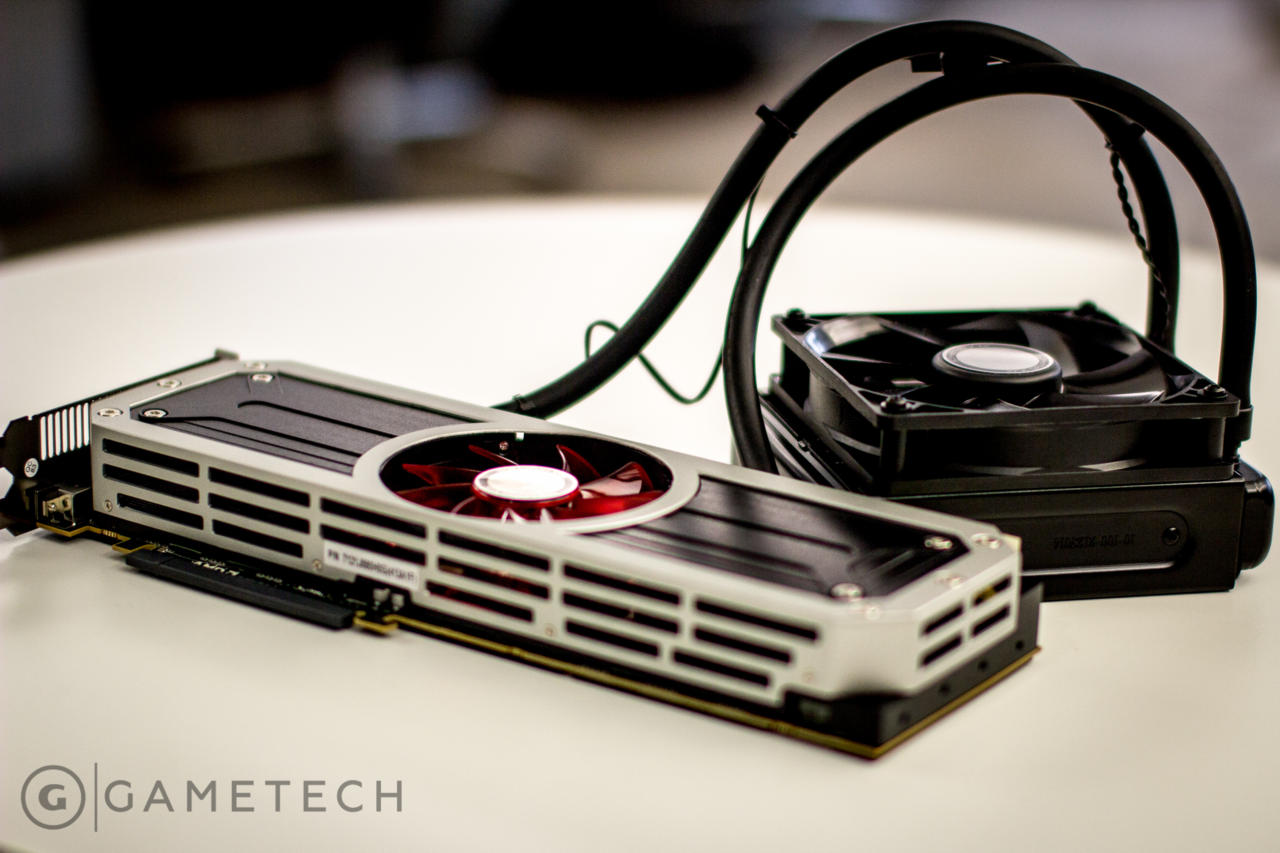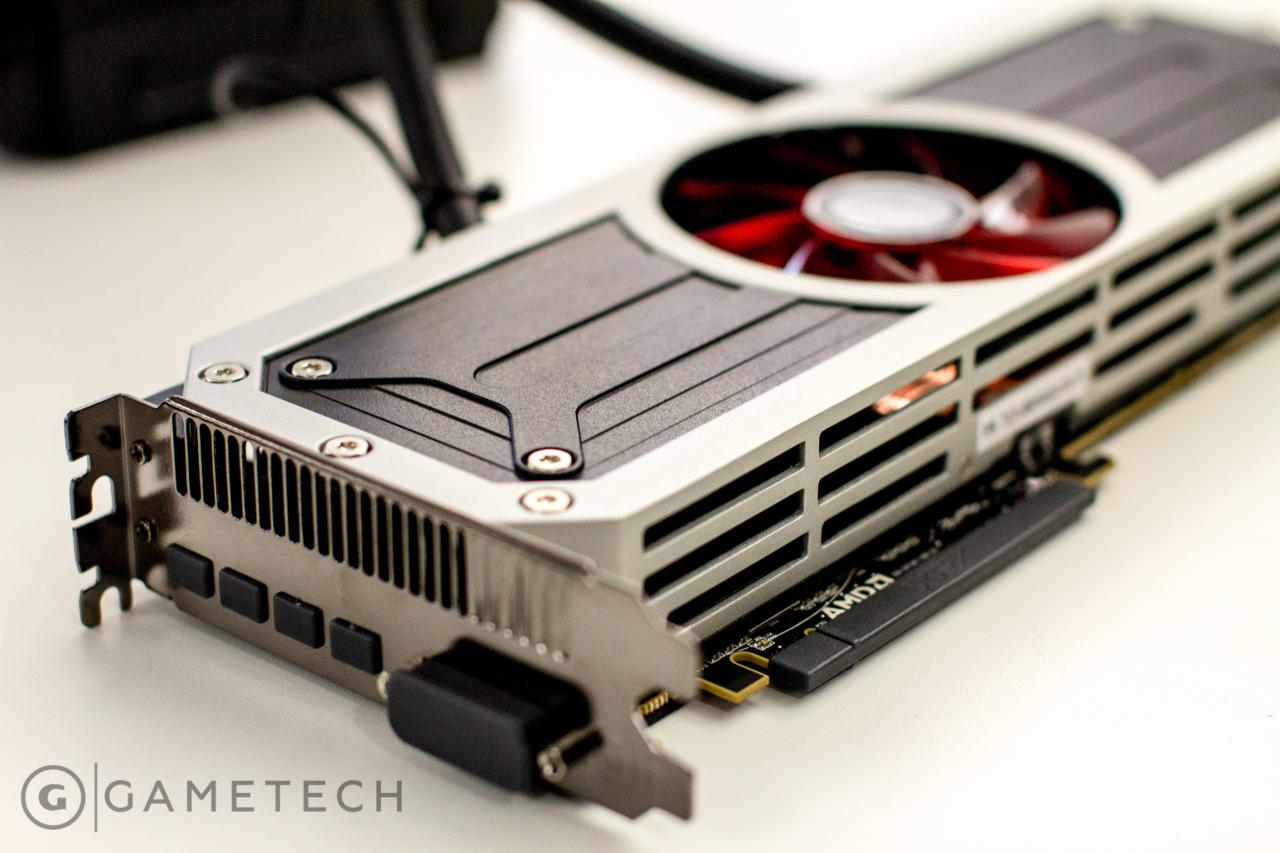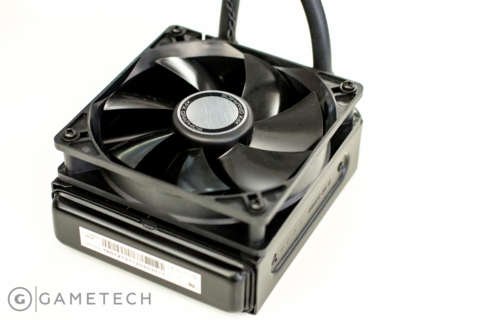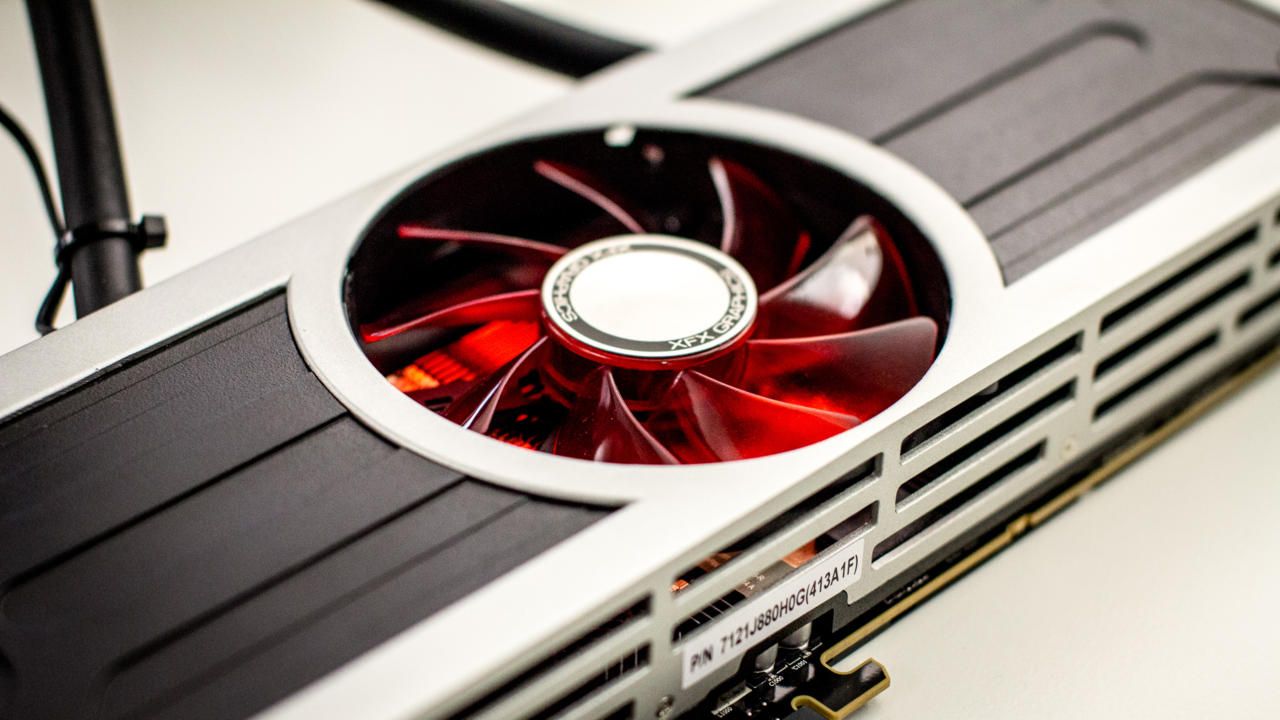I admit, $1000 is a lot of money to spend on a graphics card. Even if you're determined to stay on the bleeding edge of gaming technology, spending the same amount on a GPU that would otherwise buy you an entire system can be difficult to justify. Comparatively speaking, though, AMD's R9 295X2 is actually pretty good value. Until recently the card went for $1500, before AMD dropped the price to $1000. For that you get two R9 290X GPUs on one dual-slot card, together with a neat and highly efficient all-in-one watercooling system. That it makes it one of the quietest and fastest dual-GPUs out there. It even tops the performance of Nvidia's Titan Z, which goes for an eye-watering $3000.
Ah, who am I kidding? $1000 bucks is still a lot of money, particularly if you're just playing games at 1080p. However, if you're lucky enough to own a 4K (UHD) TV or monitor--which have been getting much cheaper of late--or you're looking to buy one, you'll need something with a little more oomph than a single-GPU setup to get games running smoothly. You'll also need a beefy (and preferably overclocked) CPU, plenty of RAM, and a large power supply to do the GPU justice. But with the total cost of such a setup running over $3000, is the cost of playing with all those extra pixels in 4K worth it?

The XFX R9 295X2
Like Nvidia's top-end cards, AMD's R9 295X2 uses a standardised cooling system, which means there's little difference between different partner manufacturer's GPUs. Whether you plump for an ASUS branded GPU, or a Gigabyte branded GPU, you get the same metal housing, red LED fan and light-up Radeon logo, and all-in-one watercooler with a 120mm radiator. The only real difference is what's bundled in the box. XFX's R9 295X2 does better than most, coming bundled with a mini-displayport to HDMI adaptor and a DVI to HDMI adaptor. Sadly, it doesn't come with a mini-displayport to full-size displayport adaptor, which is a tad disappointing considering most 60Hz 4K displays are connected this way. Also note the 295X2 is a very long GPU, even longer than a regular 290X at over 30cm. It wouldn't fit in a Fractal Define R4, so I had to move the entire system to a roomier Corsair 650D.
AMD's R9-series of GPUs are notoriously power-hungry, and the R9 295X2 is no exception. AMD has gone outside of the core ATX spec, and there are some strict power supply requirements in order to get the card up and running. Aside from needing enough wattage to power the 500 Watt TDP of the card and your other components, your power supply must also support two 8-pin PCIe power connectors each capable of supplying 28 A of dedicated current. Not every PSU can do that, even high-wattage ones, so check your PSU's spec before taking the plunge. You'll also need to make space in your case for the 120mm radiator and fan of the 295X2, but it's a worthwhile trade off; this one of the quietest Radeon GPUs available. And, unlike a 290X with a reference cooler, the 295X2 doesn't underclock itself under heavy load.
Processor and Bus Bus Type : PCI-E 3.0 | Display Outputs Display Port ready : 1.2 |
Memory Memory Bus : 512 bit x2 | Physical Card Profile : Dual Slot |
Sounds Great, But Why Do I Need a $1000 GPU to Play In 4K?
Consumer 4K (or UHD as it's otherwise known), is a standard for TVs and monitors where the resolution is 3840x2160 pixels. That's four times as many pixels as a 1080p display. Effectively, playing a game in 4K gives the GPU four times as much work to do; it's even trickier if you're trying to play at a baseline of 60fps. That means you need lots of graphics horsepower, with lots of video memory to hold all those high-resolution textures.


There's a debate as to whether you'll notice all those extra pixels, though. Certainly, there are some valid scientific reasons why it's difficult to resolve all those pixels and notice the difference from 1080p when you're viewing them from certain distances, typically from your couch to your TV. But PC gaming is different. When you're planted directly in front of your PC monitor the viewing distance is much smaller, making it much easier to notice the difference between a 1080p display and a 4K one.
We've had a 4K display in the GameSpot UK office for a while now, and it's rather hard to go back to a 1080p display once you get used to how crisp and beautiful games rendered in 4K look. There are other benefits too. With so many pixels packed into a smaller size screen than a TV (from around 24" to 30"), many of the issues surrounding jaggies are removed, allowing you to turn off anti aliasing, which is one of the most GPU-intensive processes. And--outside of games--all the extra resolution gives you masses of desktop space to work in too.
Performance
The current test rig in the GameSpot UK office just about meets the demands of the R9 295X2 (it's getting an upgrade soon, though!), but as powerful a system as you can stretch to is recommended. In our case, we used an Intel Core i5-3570K processor hooked up to an Intel Z77 DZ77GA-70K motherboard, 16GB of Corsair Dominator GT RAM @ 1866Mhz, a 120GB Corsair Force LS SSD, and a Corsair HX 850 PSU. 850 Watts is as low as you can really go with the PSU, and if you're doing extreme overclocking, something at 1000 Watts and up is recommended. Initially, the rig was overclocked to 4.5Ghz with a CPU voltage of 1.25v. While the CPU overclock was stable, with the GPU at full pelt, the PSU struggled to keep up, resulting in crashes. Stepping down to 4.2Ghz resulted in much more stable gaming. Unfortunately, the slower clock speed meant there was more chance of the CPU bottlenecking the GPU. Like I said, the 295X2 needs a lot of power!
| Game | Settings @3840x2160 | Average FPS |
|---|---|---|
| Tomb Raider | Ultimate, Tress FX, FXAA | 72 |
| Battlefield 4 | Ultra, 2X MSAA | 57 |
| Crysis 3 | No AA, 16X Anisotropic Filtering | 35 |
| Metro: Last Light | Very High, AF X4 | 53 |
| Bioshock Infinite | Ultra, FXAA | 62 |
The last GPU we tested at 4K was Nvidia's GTX 780 Ti. It offered up decent performance, but struggled to reach over 30fps in certain games. The R9 290X2 had no such problems. With every setting cranked, Bioshock Infinite hit a cool 62fps on average, while Tomb Raider blew past 60fps with an average of 72fps. The only games the 295X2 struggled with--and I use the term "struggled" loosely here--were Metro: Last Light and Crysis 3. Both games are incredibly demanding, and a consistent 60fps wasn't achievable with our system. That said, With Crysis 3 running at 35fps, and Metro at 53fps, both games were perfectly playable and looked stunning with all the settings cranked.
Verdict
$1000 might not buy you a totally consistent 60fps at 4K--at least with the rig I was using for testing, your mileage with a beefier setup may differ--but it'll get you darn close. And when alternatives like a Titan Z or two 780 Ti's in SLI will set you back a lot more money, that's impressive. You'll have to jump through many hoops to get the thing in your case and powered up properly, but the results are worth it; PC games look absolutely amazing in 4K.

The 295X2 sets a new benchmark, not just for performance in a single-slot GPU, but also in terms of pricing for a high-end card. Naturally, 1080p gamers need not apply, but if you're hankering after a 4K setup, there's no better choice...for the moment at least. With rumours pointing towards the release of some brand new Nvidia GPUs any day now, the R9 295X2 might not hold the performance crown for long. Still, it's hard to imagine those new Nvidia cards--powerful as they're likely to be--will come close to matching the R9 295X2's price.
